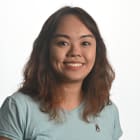Fish monitoring system, daily testing: How PUB maintains Singapore’s top water standards
Singapore has been ranked first globally in providing safe and clean drinking water out of 180 countries, according to an index by US-based Yale University.
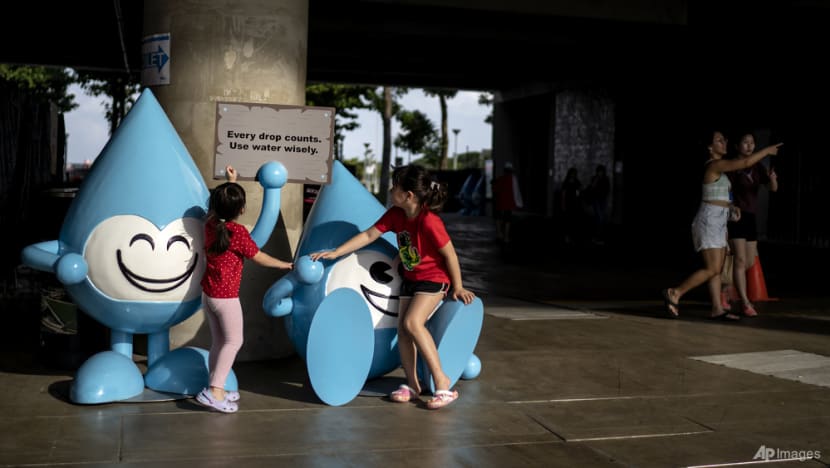

This audio is generated by an AI tool.
SINGAPORE: At the Lower Seletar Waterworks treatment facility, an unlikely agent has been helping to ensure Singapore’s water is safe to drink from the tap: Colourfully striped freshwater tiger barb fish.
Cameras monitor them in real time, picking up on any signs of abnormalities in their behaviour that could mean a drop in water quality.
The fully automated system also tracks the number of fish in each tank, triggering an alert if half of the 20 fish in each tank die.
This fish monitoring system has been deployed at various waterworks and service reservoirs since 2012.
At Lower Seletar Waterworks, where national water agency PUB filters and adds chemicals to untreated water, it works alongside a system that monitors the treatment process.
All this has propelled Singapore to the top spot globally in providing safe and clean drinking water.
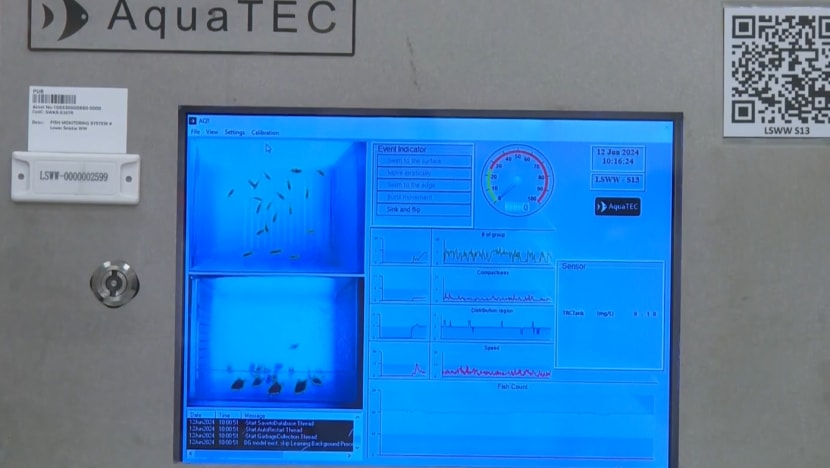
In the 2024 Environmental Performance Index (EPI) released by United States-based Yale University earlier this year, Singapore was ranked first among 180 countries.
The countries were ranked on their sanitation and water standards based on the likely health impact from exposure to unsafe sanitation and drinking water, particularly the risk of bacterial contamination leading to diarrhoeal diseases.
Singapore scored 99.9 points, followed by Italy and the United Kingdom which both scored 98.2.
The EPI report stated that Singapore “now benefits from a robust monitoring system to test drinking water for potential chemical, microbiological, and radiological contaminants”.
“The Singaporean government has integrated wastewater reuse into its socioeconomic development and water security,” it added.
DAILY TESTING OF WATER SAMPLES
To ensure water remains clean when it reaches households, PUB collects and tests samples daily from areas like Housing Board estates.
Building owners and town councils are required to ensure that rooftop storage tanks in their premises are properly looked after, including engaging licensed plumbers to conduct annual inspections, cleaning and certification.
"It's important for us to ensure that these rooftop water storage tanks are properly maintained and kept in good condition to prevent contamination,” said senior engineer Liu Bingrui from PUB's water supply network department.
After PUB collects water samples, these are sent to the agency’s water quality laboratory where scientists test for indicators like acidity or the pH level, chlorine, and bacteria or E. coli levels, among others.
More than 500,000 tests are conducted yearly with the help of technology to improve data accuracy. These identify any potential issues affecting the country’s water supply.
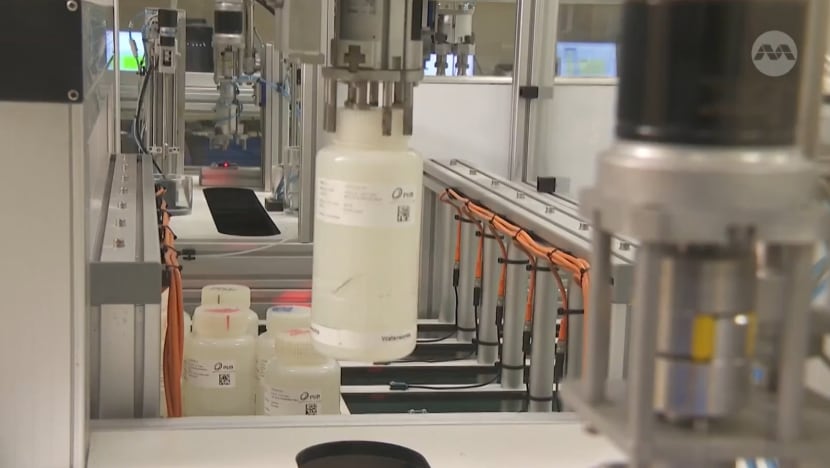
Along with water testing, PUB uses an automated laboratory system that was introduced in end-2017 to reduce manpower and improve data accuracy through robotics and automated processes.
“The system is able to test two to three times more samples with the same amount of time while operating around the clock with a QR code label,” explained executive chemist Cheryl Ong from PUB’s water quality department.
“The system will be able to scan, test and record the sample data based on the QR code automatically."
If PUB receives feedback on a potential water quality incident affecting multiple people, it can deploy a “mobile” version of its lab in a van. It will reach the site within two hours and can test for more than 16 indicators.
WATER QUALITY APP
PUB field officers also use a water quality sampling system mobile application to quickly identify issues. This allows them to collect samples from more than 150 sampling points islandwide.
Previously, field officers had to write down their results on paper before keying them into the computer system when they returned to the office.
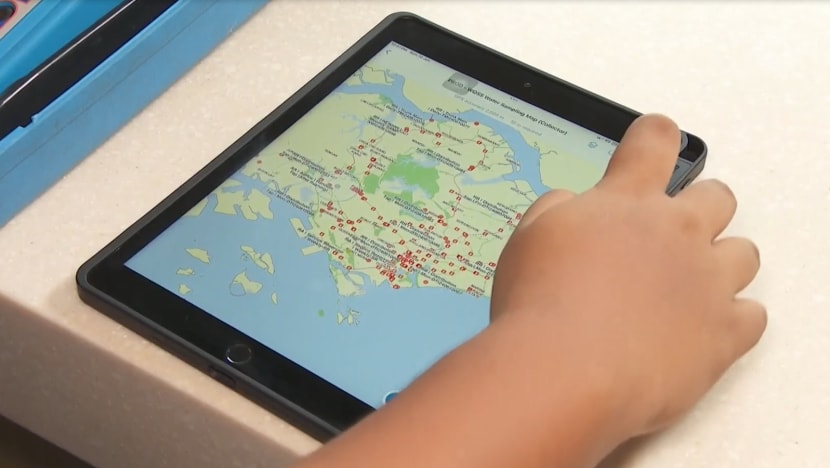
They began using the app in 2020, which allows them to keep track of sampling tasks and transmit data - including where the sample was taken - back to PUB’s team of water quality specialists.
Water quality technologist Nabil Fikri Mohamad Fu’ad told CNA that with the app, his colleagues can immediately verify his results, improving the overall efficiency of testing.
“So at a glance, my colleagues from various departments will be able to receive comprehensive water quality data so that they can take further actions immediately,” he added.









